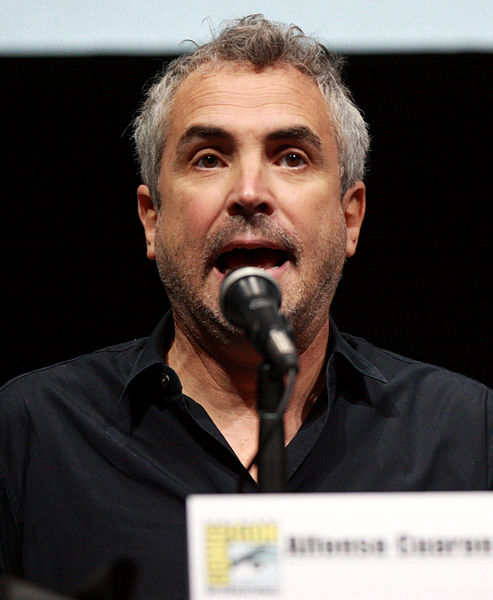Jeffrey Weiss’ sharp analysis of the None religion of Sandra Bullock’s scientist-astronaut in the movie “Gravity” leaves out a few religious references that deserve mention. Spoiler alert.
When mission leader George Clooney floats off to his certain death in orbit above the Earth, he remarks on the beauty of the sun rising over the (sacred Hindu) River Ganges. Then there’s the Russian Orthodox Theotokos icon, the Virgin Mary and Jesus, affixed to the console of the Soyuz module. And the Buddha in the Chinese space station.
The impulse to do religion in space is not hard to understand, and it’s well-attested. The astronauts of Apollo 8 read the first 10 verses of Genesis in a Christmas broadcast during their 1968 mission around the moon. And Buzz Aldrin, the second man to walk on the moon, conducted a religious ceremony from its surface, radioing, “”I’d like to take this opportunity to ask every person listening in, whoever and wherever they may be, to pause for a moment and contemplate the events of the past few hours, and to give thanks in his or her own way.” The Presbyterian elder then secretly gave himself Communion.
For its part, “Gravity” partakes of the New Age sensibility of writer-producer-director Alfonso Cuarón. (His forthcoming TV series “Believe” threatens to be a Metaphysical version of “Touched By an Angel.”) The movie ends with Bullock, successful returned to Earth, emerging from the water and rising to her feet on the mucky, gravity-ridden shore. Personally, I prefer the Nietzschean mystery of Kubrick’s “2001.” Now that’s None Space Religion with a vengeance.






